French industrial designer, interior designer and producer Jacques Biny (1913-1976), was particularly active in the 1950s through the 1970s in France. He was known for his range of sophisticated light fittings for the home, as well as the many pieces he produced by designers, such as Michel Buffet and Jean Boris Lacroix. Today, he is still a relatively unknown designer, however his rare pieces are highly-prized by collectors.
Jacques Biny was born in Valence (Drôme), France in 1913. From a young age, Biny showed interest in decoration and architecture, and in 1932 he began his studies at the École Nationale Supérieure des Arts Décoratifs in Paris. After graduating in 1935, he returned to his hometown in order to pursue his craft as an interior designer. Confronted by a lack of practical light fixtures for the modern home, he began designing lighting for clients which were produced by the plastering company Decoration Architecturale.
Biny returned to Paris in 1950, to a city being reconstructed and renovated after the war. Facing a backlash against modernist design in the early 1950s, Biny struggled to sell his work (the small production line rendering his early work incredibly rare today). Biny was frustrated at not being able to find a suitable manufacturer to produce his work—which was produced so far by Omnialux. Instead of waiting for manufacturers, in 1953 he founded his own lighting design company called Luminalité. His workshop was located at rue de la Folie Régnault in Paris, where he not only manufactured his designs, but allowed contemporary modernist designers facing similar problems to do the same. Notably, he recruited some of the best lighting designers at the time including, Jean Boris Lacroix (1902-1984)—a well-known proponent of the early modernist movement in the 1930s; Louis Baillon; Gustave Gauthier; and the young Michel Buffet (b. 1931), whose work helped to solidify the new brand and its identity. Biny’s classic productions included Buffet’s B206 Wall Lamp, B205 Wall Lamp and Lamp B201 (all 1952), and Lacroix’s 302 Wall Lamp (1957)—which is one of the first examples of utilizing colored Perspex in lighting design and inspired the Neoplasticism movement.
Biny’s work is characterized by its ingenuity and a bold use of new materials—such as perforated sheet metal and Perspex, which he used to diffuse and refract light in a functional way. He created new radically simplified and innovative forms—which demonstrated movement through articulated arms and pivots—that were designed to fit into modern spaces. Biny designed alternatives to furnish different niches in the home including, wall-mounted lights, floor lamps, ceiling lights and table lamps. Most notable was his research in bedroom lighting, which resulted in a series of imaginative bedside sconces, which enabled one to read without disturbing his or her neighbor. Other wall lamps include, 219 Wall Lamp (1950); 224 Wall Lamp (1950); 163 Wall Lamp (1953)—which is Biny’s best known and most mass-produced design; 193 Wall Lamp (1955), 215 Ceiling Light (1956/7); 238 Lamp (1958); and 258 Lamp (1961).
It wasn’t until the 1960s that Biny saw significant success for his sophisticated light fittings, which allowed him to focus on more technical projects for public settings. In the 1960s, Biny was appointed lighting designer for large-scale projects for cinemas and hotels, the Palace and the Préfecture (administrative offices) of Valence and the shipyards in Saint Nazaire.
Biny owned and operated Luminalité until his death in 1976. Recently, Biny’s work was exhibited at the Design Miami/ Basel at Galerie Pascal Cuisinier in Basel and in Paris in 2015, which introduced his work to many design lovers for the first time. Due to the difficulty in sourcing some of his rarest pieces, they fetch high prices by collectors at vintage auctions.
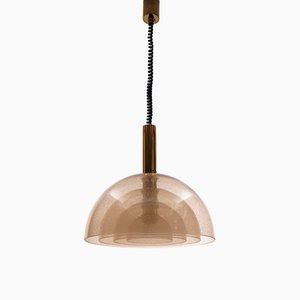

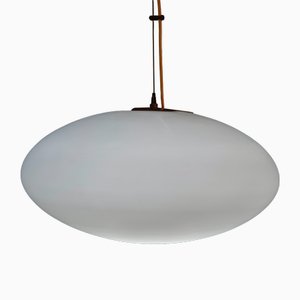
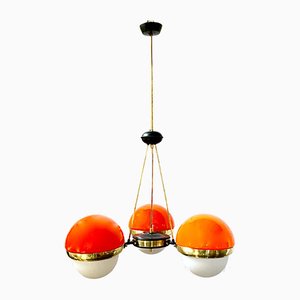
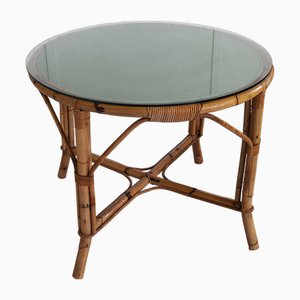
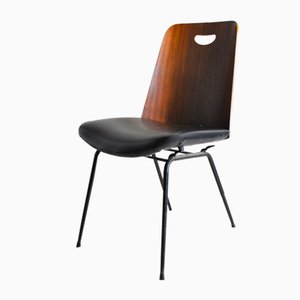
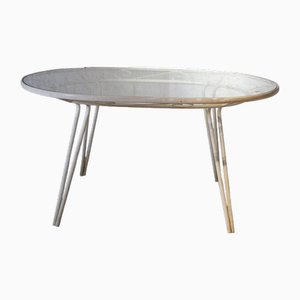
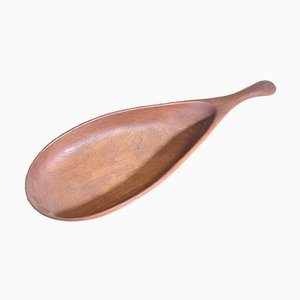
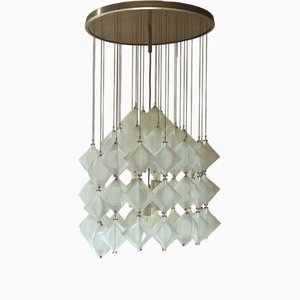
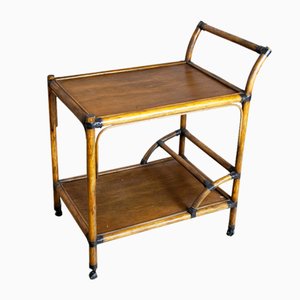
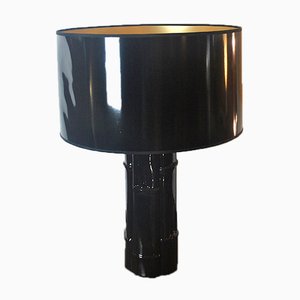
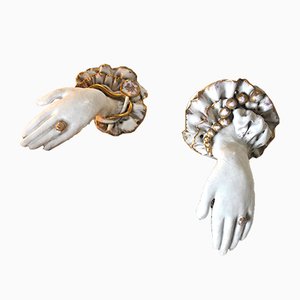
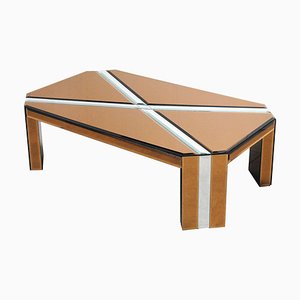


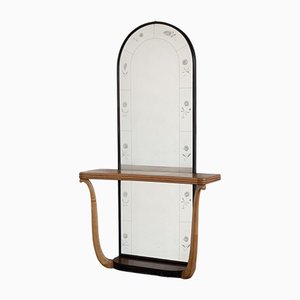
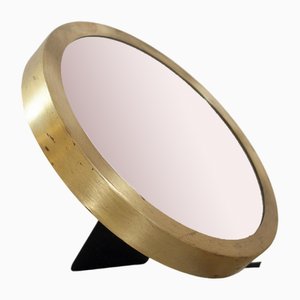
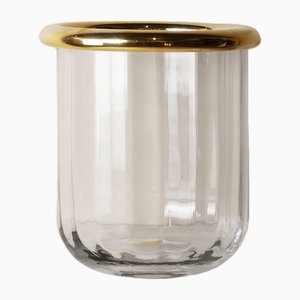
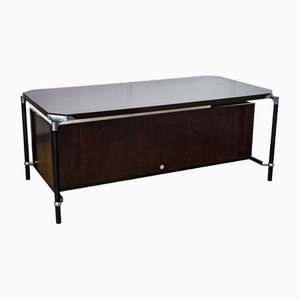

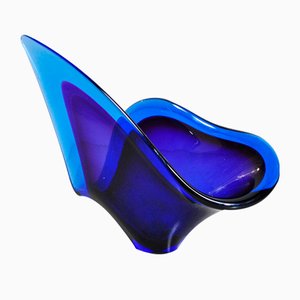
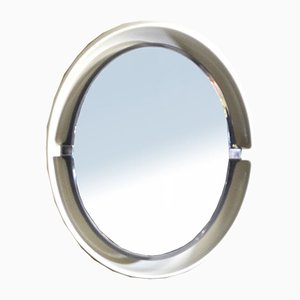
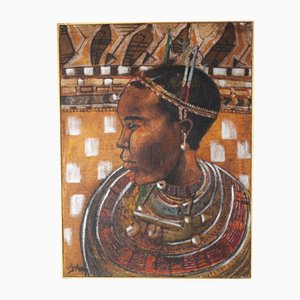
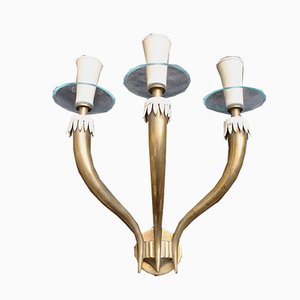
Contacta con nosotros
Haz una oferta
¡Hemos notado que eres nuevo en Pamono!
Por favor, acepta los Términos y condiciones y nuestra Política de privacidad
Contacta con nosotros
Haz una oferta
¡Ya casi está!
Para seguir la conversación en la plataforma, por favor completa el registro. Para proceder con tu oferta en la plataforma, por favor completa el registro.Exitoso
Gracias por tu consulta, alguien de nuestro equipo se pondrá en contacto contigo en breve.
Si eres profesional del diseño, por favor solicita aquí los beneficios del Programa comercial de Pamono